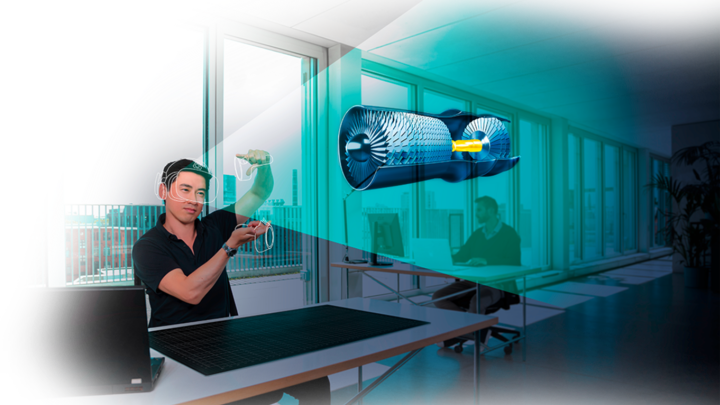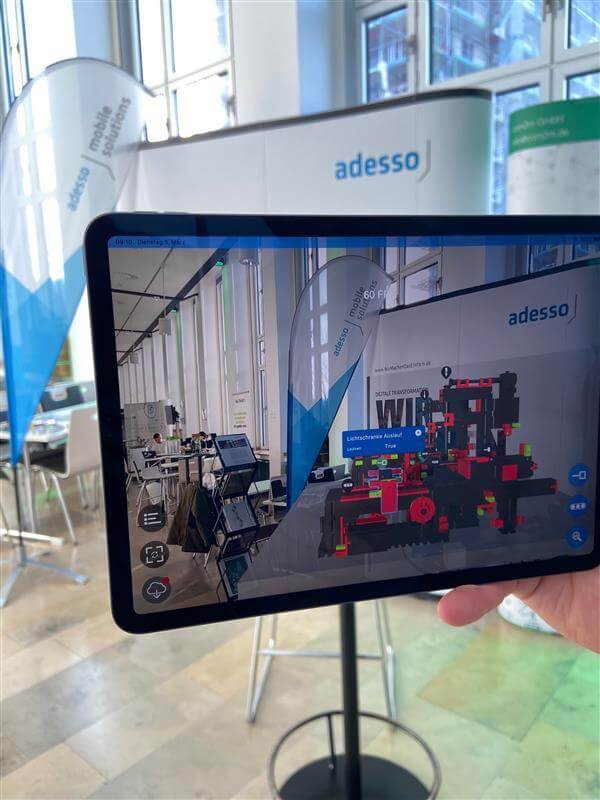This blog was guest written by Bobby Carlton, VR/AR expert, consultant and writer for VRScout.com
When thinking about establishing a successful learning culture in this technology-forward world, you need to consider what tools are available. The typical classroom environment of lectures, textbooks, slides, handouts and short instructional videos–on their own–are no longer sufficient or acceptable as a mechanism to deliver information.
Virtual Reality (VR) and Augmented Reality (AR) technology are tools you can bring into your L&D programs to supercharge the classroom environment to not only benefit employees, but also save money for the organization, increase productivity, and create a more efficient workflow.
Data shows that employees who use VR/AR as part of L&D not only retain more information in a shorter period of time, but they also excelled on their learning evaluation exams versus employees who did not use a VR/AR-infused learning. It also showed that employees had a 30% increase in training satisfaction when they trained using VR/AR.
VR/AR transports employees into a fully immersive digital environment that can evoke empathy, allow them to experience dangerous or threatening situations without real-world consequences, provide physical and emotional feedback, as well as give them the ability to explore multiple options in a personalized learning environment. Employees are able to escape the traditional classroom where learners are sitting at a desk for hours, and instead find themselves actively participating in their own learning–in ways they could never have imagined.
With VR/AR, learners are able to interact with the virtual environment, pick up objects, and actually develop muscle memory by physically going through the motions of the training. VR/AR delivers an incredibly robust training environment where the employees feel they are a part of the learning process, and thus get the most out of it.
But, there are many things to consider before turning your L&D organization into a supercharged VR/AR learning environment. How will it blend in with your current L&D model? Will your employees struggle with the technology? What would the cost of a large-scale VR/AR learning environment rollout look like? You may get pushback from your compliance officer. Additional considerations are the types of hardware available, different types of immersive experiences, various delivery methods and overall strategies for infusing VR/AR into an L&D organization.
Many things to consider, but it’s all worth it.
However, you need to be thoughtful in your approach with the tech. Have a plan to bring immersive technology into your L&D org. Think about the employees who have limited experience or have never tried immersive technology. Think about how, where, and how often you currently train employees and what would happen if you introduced VR headsets and other hardware. Think about the time spent in the classroom and how that time can either be switched or opened up to some type of VR/AR learning.
Take small steps and get employees comfortable with the technology, going all-in right out of the gate could alienate employees from VR/AR and, even worse, your L&D org as a whole. Once employees are familiarized with the tech and you have some demonstrated success, you can then introduce more and more VR/AR into the learning environment. L&D orgs should spend time thinking about how VR/AR will fit into their culture of learning, the routines and programs, the already-set agendas, cadence of training, and annual calendars. Some questions for consideration:
- Will there be VR/AR at training at the Corporate University and/or at other training centers?
- Will people have VR/AR devices available to them at their desks? Will there be “VR/AR rooms” established in corporate offices?
- Who will receive VR/AR training and how often?
- Will field workers have access to devices?
- What will the content be and how often will it need to be viewed?
- What data do I want to know and what am I going to do with it?
Tactical questions about specific headsets or how much movement the user has are best addressed later once the overall strategy and plan are established.
VR/AR technology has the potential to transform L&D but is only as beneficial to a company as the way it is implemented. Due to the immersive nature and the fact that there is hardware involved, some extra steps have to be taken to figure out exactly how it’s going to fit in–and it starts with your organization’s learning culture.
If your organization is not currently considering VR/AR as part of your L&D, you should pay close attention to what is happening in K12 and Higher Ed. These students are starting to see more and more VR/AR in their classrooms. Devices such as the HTC Vive, Oculus Rift, and Merge Cubes are all becoming part of the norm in their learning environments. For classrooms that have access to immersive devices, research shows about 30% of the curriculum is being delivered through VR or AR. As students move through their primary and secondary education and beyond, VR and AR will become as important as textbooks and lectures, and these students–who will be in the workforce in the not-so-distant future–will expect to see VR/AR as a normal part of the learning environment when they enter the workforce. You may even start losing talented employees if they do not see VR or AR as part of their workforce training.
The benefits for a company that leverages VR/AR for learning are unlimited, and as the technology evolves and becomes more affordable, the idea of VR/AR won’t feel so “futuristic”. Instead, it will become the norm in both our personal and professional lives. It is already part of our social media, it’s being used in shopping apps, part of our pop culture, and already part of multiple learning environments today. Don’t be playing catch up as VR/AR goes mainstream.
Organizations such as BMW, JetBlue, Walmart, Fidelity, and the NFL (to name a few), have all turned to VR/AR as part of their training environment. Case study after case study show real data of how successful VR/AR is as a training tool, and how organizations are reaping the benefits of using immersive tech in their L&D. And the technology doesn’t have to stop in the L&D department; VR/AR can also be integral to employee recruitment, onboarding, talent assessment, work culture, marketing and branding. There are almost endless ways to use the technology in all aspects of an organization.
Lastly, if you’re not at least exploring the idea of how VR or AR could fit into your work environment, you may find yourself scrambling to educate yourself much sooner than you expected.
Quelle:
https://www.strivr.com/learning-culture/



